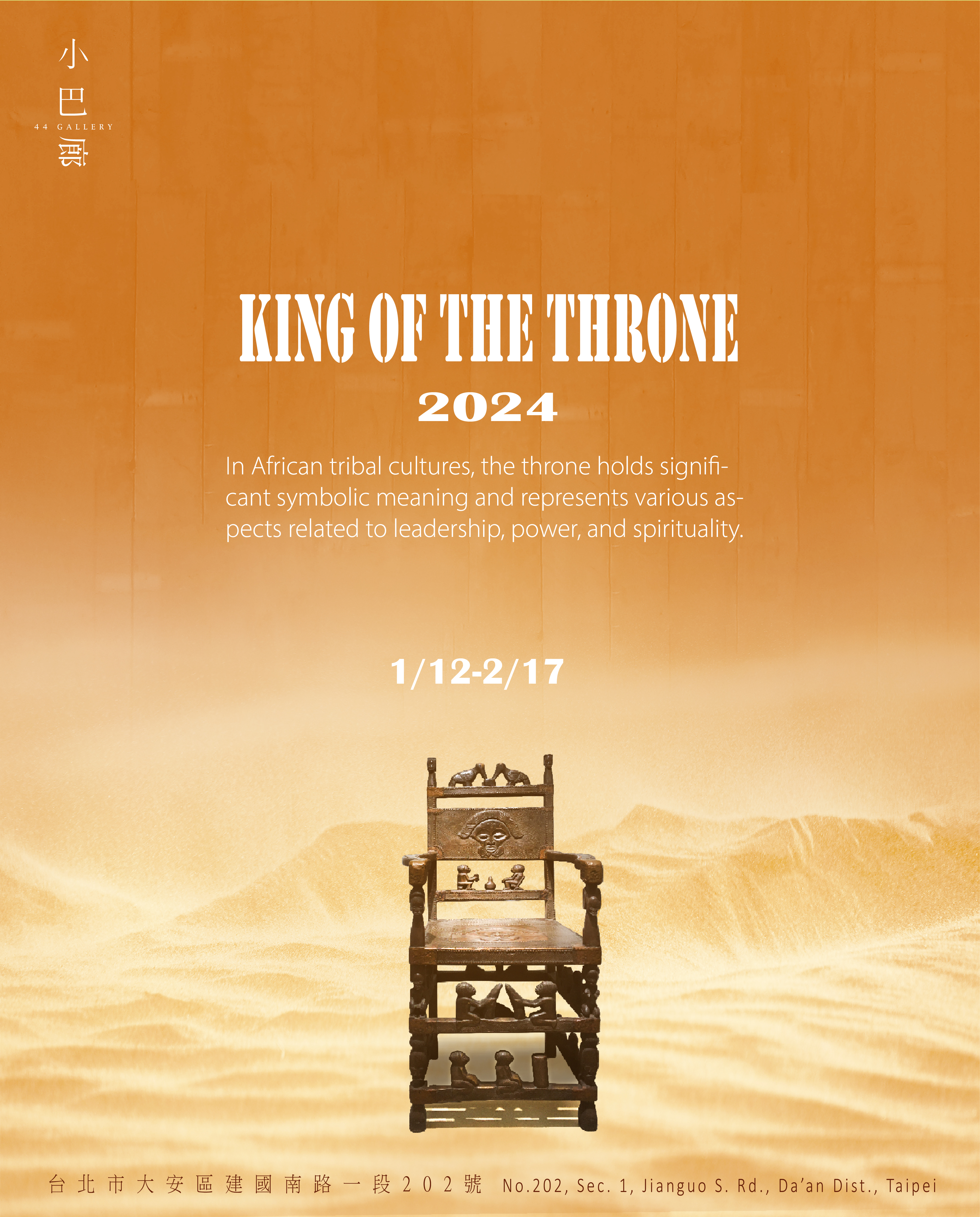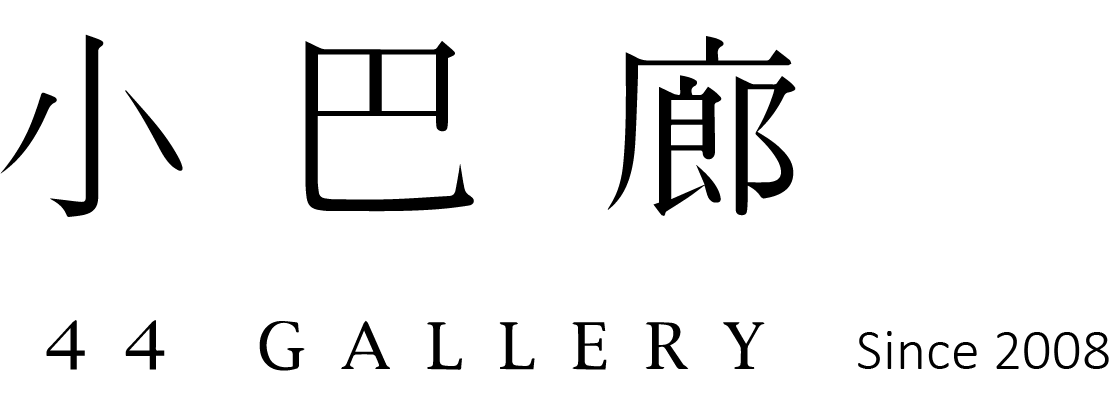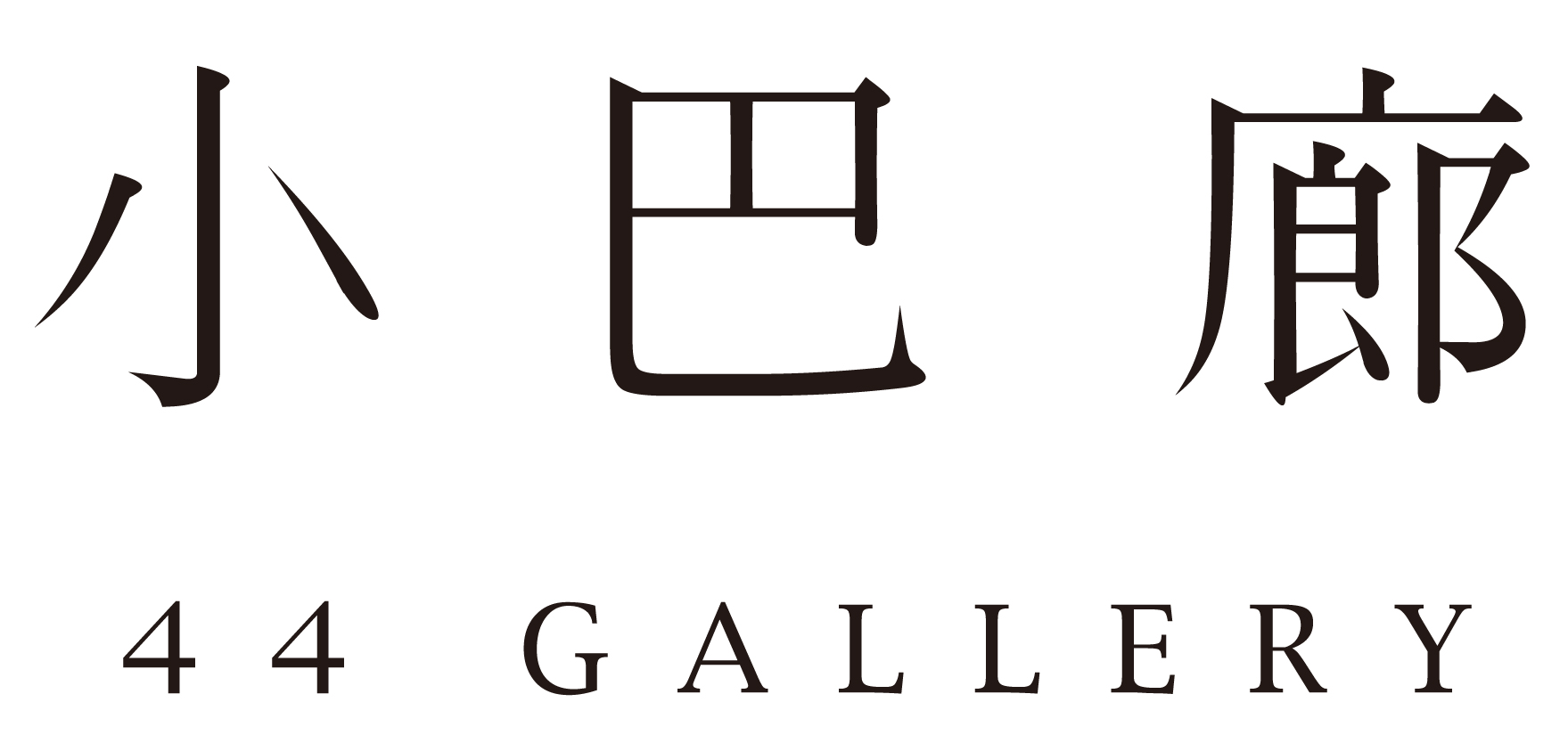坐擁權力的演變:從酋長到總統
椅子本身可以成為一種符號,從古埃及的壁畫到現代政治舞台,椅子一直以來都是權力、地位和象徵性的代表。在埃及,法老坐在椅子上,彰顯其絕對的身分地位,這一傳統一直延續至今。
在人類社會中,椅子一直被用來象徵權力。例如,總統和董事長的椅子通常宏偉而厚重,彰顯其崇高的權威。從最初只有王公貴族能享用的奢華椅子,到工業革命後的簡約設計,椅子的演變反映了社會制度的變遷。
在非洲,SENUFO族的座椅則通過雕刻和裝飾,突顯擁有者的非凡身分,象徵權力和抵抗負面力量的能力。
在安格拉喬奎人的文化中,新任酋長獲得的椅子模仿葡萄牙椅子,象徵權力和地位的提升。這些椅子裝飾著風俗場景,強化了所有者的政治和宗教權力。
一張椅子不應該有背面. 它應該從任何角度看都美. —— Hans J. Wegner
著名的丹麥家具設計師
A chair is to have no backside. It should be beautiful from all sides and angles.
然而,歐洲歷史中的王座更是權力的象徵。在凡爾賽宮,王座是展示主權的極佳場所,2011年 ”威嚴的寶座 Trônes en Majesté“ 展覽匯集了來自世界各地的王座,呈現了王權的多樣性。
《SPY×FAMILY》椅子設計揭秘角色風格
近年來,日本動漫《SPY×FAMILY 間諜家家酒》透過展現角色坐在經典名椅上,以椅子的設計理念暗示角色的個性,呈現了諜報電影對時尚設計品味的注重。
這些王座和椅子不僅是實用的坐具,更是文化、歷史和政治的代表。它們透過設計和形象,傳達出權力的威嚴和象徵性,成為生活上和各領域不可或缺的一部分。
在這場座椅展中,我們邀請您參與一場尋找權力之座、感受身分象徵的旅程,一次以藝術的形式,探索權力與身分的交織之美!
The Evolution of Power: From Chiefs to Presidents
A chair itself can become a powerful symbol—whether in ancient Egyptian murals or on the modern political stage, chairs have always represented power, status, and symbolism. In Egypt, the Pharaohs sat on chairs to emphasize their absolute identity and position, a tradition that continues today.
Throughout human history, chairs have been used to symbolize authority. For example, the chairs of presidents and CEOs are often grand and heavy, symbolizing their high status and power. From the luxurious chairs once reserved for royalty and nobles to the minimalist designs following the Industrial Revolution, the evolution of chairs reflects the changing social structures.
In Africa, the chairs of the Senufo people are often carved and decorated to highlight the extraordinary status of their owners, symbolizing both power and the ability to ward off negative forces.
In the culture of the Angolan Chokwe people, the newly crowned chief’s chair is modeled after Portuguese chairs and symbolizes the elevation of both power and status. These chairs are adorned with scenes from customs and traditions, further enhancing the political and religious authority of their owner.
“A chair is to have no backside. It should be beautiful from all sides and angles.” — Hans J. Wegner, famous Danish furniture designer.
The concept of a throne as a symbol of power is also evident throughout European history. At the Palace of Versailles, the throne was a prime example of sovereignty. In 2011, the "Trônes en Majesté" exhibition gathered thrones from around the world, showcasing the diversity of royal power.
In recent years, Japanese anime Spy×Family has featured characters sitting on iconic chairs, using their design to subtly reveal the characters' personalities. The attention to style and design in espionage films and shows reflects the deeper connection between furniture and character identity.
These thrones and chairs are not just functional seating—they represent culture, history, and politics. Through their design and imagery, they convey the authority and symbolism of power, becoming an indispensable part of life and culture across various fields.
In this chair exhibition, we invite you to join us on a journey to discover the seats of power, to feel the symbols of identity, and to explore the intertwined beauty of power and status through art!



